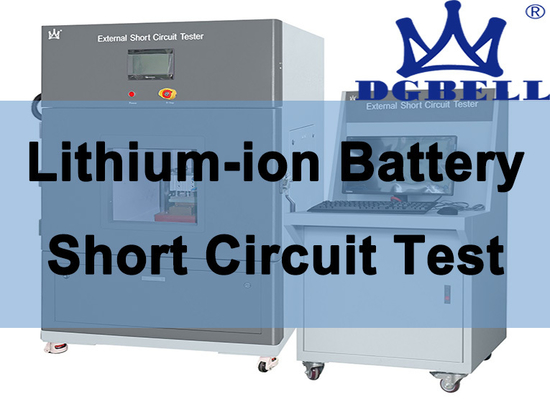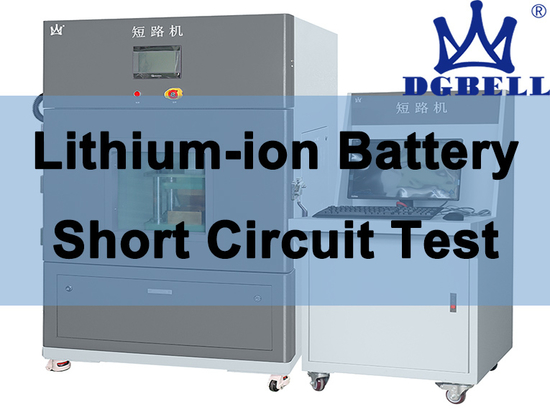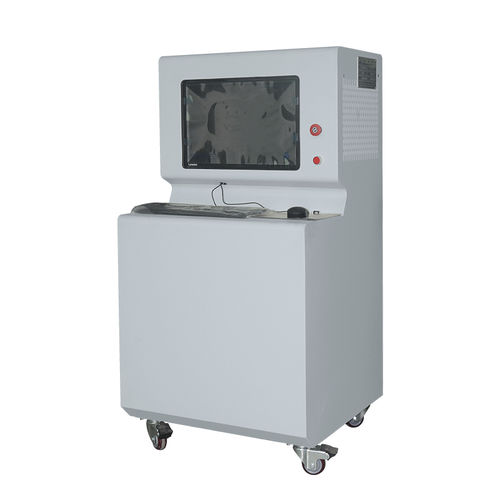
#Industry News
Li-ion Battery Single Cell Temperature Test
Li-ion Battery Single Cell Temperature Test
In recent years, major automobile manufacturers have continuously launched hybrid and pure electric vehicles. Lithium ion batteries are widely used as power batteries due to their advantages such as high output power, high energy density, long cycle life, and no memory effect. However, cars are vehicles used in all weather environments, with complex usage conditions and variable driving conditions. Lithium ion batteries are often charged and discharged at different environmental temperatures and rates.
Therefore, in order to study the thermal management of power batteries, it is necessary to study the impact of environmental temperature on battery performance. Therefore, this article takes the single cell of a 50Ah lithium iron phosphate battery as the research object, and conducts charging and discharging experiments within the range of -40 ℃ to 40 ℃ provided by a constant temperature box to study the influence of environmental temperature on the discharge voltage, internal resistance, and temperature performance of the battery.
1 Test preparation
The battery charging and discharging equipment has a charging and discharging voltage of 0-100V, a charging and discharging current of 0-200A, and a testing accuracy of ± 0.2%. The ambient temperature is maintained constant by a constant temperature and humidity test chamber. The temperature control range of this device is -55 ℃ -150 ℃, with precise temperature control and small error. The temperature change of the battery during the charging and discharging process is measured by the temperature collection system at different measuring points of the battery. The test battery is a hard packaged 50Ah energy and power balanced lithium iron phosphate battery.
2 The effect of temperature on battery discharge voltage
In order to study the performance of lithium-ion batteries under different environmental temperatures, constant current charging was carried out at room temperature until the cut-off voltage was reached. The rate during charging is 0.3C, and the cut-off voltage is specified as 365V. Charge with a constant voltage of 3.65V until the charging current is less than 1A, and the charging process ends. Then place the battery in a constant temperature oven and let it stand for 3 hours. Finally, perform constant current discharge at a certain rate until the cut-off voltage is 25V. Perform constant current discharge at 0.5C and 1C in environments of -40 ℃, -20 ℃, 0 ℃, 20 ℃, and 40 ℃, respectively.
Through data comparison, it can be seen that when the discharge rate conditions of the battery are the same, a gradual decrease in temperature will lead to a gradual decrease in voltage during the discharge process. And it can be observed that within the temperature range of 0 ℃ to 40 ℃, the voltage trend during the discharge process is gentle and slow, while below 0 ℃, the discharge voltage decreases significantly, and at -40 ℃, the battery can no longer function normally. When the battery is discharged at 1C in an environment of -20 ℃, a clear double step shape appears in the discharge curve, and the maximum discharge voltage is achieved at 20 ℃.
3 The influence of temperature on the AC internal resistance of batteries
When measuring the AC internal resistance of a battery, a small voltage or current of a certain frequency is applied to the positive and negative poles of the battery, and the internal resistance value is obtained based on the response of this voltage or current. During the test, the voltage of the measured signal is 5mV, the frequency is 1kHz, and the measurement time is 6h. From the data, it can be seen that within a certain temperature range, the internal resistance of a fully charged initial lh battery rapidly increases with time, and thereafter the resistance value remains basically stable. Therefore, it is considered appropriate for the single battery in the experiment to enter a stable state when left in a constant temperature oven for 2 hours or more.
4 Temperature rise characteristics of single cell batteries
To study the temperature rise of single cell batteries under different operating conditions, discharge experiments were conducted using three methods: 0.5C, 1C, and 2C. Charge the battery at a constant current rate of 0.3C in a 25 ℃ environment. When the voltage reaches the upper cut-off voltage of 3.65 V, charge it at a constant voltage of 3.65 V until the charging current is less than 1A, and the charging process ends. Then place the battery in a constant temperature oven and let it stand for 3 hours. Then conduct constant current discharge at 0.5C, 1C, and 2C rates, and summarize the temperature change curve of one of the measuring points at 0.5C, 1C, and 2C discharge rates.
As the discharge rate increases, the rate of temperature rise on the surface of the battery increases, the discharge time decreases, and the stability of discharge gradually decreases. If there are slight differences in the performance of different individual batteries within the battery pack, the imbalance of heat distribution within the module will inevitably increase. At the end of the discharge in this experiment, the temperatures of point 3 at discharge rates of 0.5C, 1C, and 2C were 39.40 ℃, 42.39 ℃, and 53.84 ℃, respectively.
5 Conclusion
This article establishes a single lithium-ion battery charging and discharging experimental platform, and conducts constant current and then constant voltage charging conditions and constant current discharge conditions experiments at different temperatures and rates. Studied the effects of different environmental temperatures on the discharge voltage, internal resistance, and temperature rise characteristics of batteries.
Temperature is an important factor affecting the charging and discharging voltage of batteries. Under the same discharge rate conditions, the discharge voltage basically decreases with the decrease of temperature. For lithium-ion batteries, appropriate temperature can promote chemical reactions, accelerate the chemical reaction rate of the battery, and promote the evaporation rate of the electrolyte.
In low-temperature environments, the charging and discharging performance of lithium-ion batteries continues to deteriorate. The temperature rise trend varies with different discharge rates, and as the discharge rate increases, the heat production and rate of the battery also increase. When the discharge current increases, the electrochemical reaction inside the battery intensifies, causing the internal temperature and local temperature difference on the surface of the battery to gradually increase, resulting in a shorter discharge time and a gradual decrease in discharge stability







